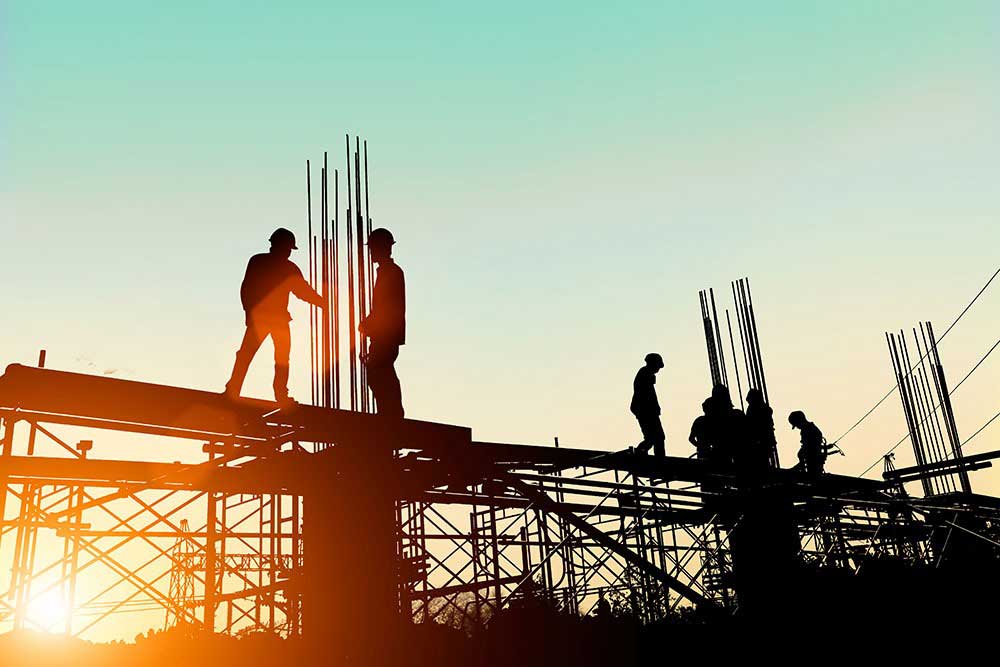Remote surveillance systems are the most effective way to secure your property and possessions around the clock. You can check your remote video monitoring service from anywhere at any time. But to make the most out of these remote surveillance systems, it’s important to understand how to set up and use them. Here are 5 remote surveillance system setup tips to get you started:
1. Take The Lighting Into Account.
When you install a surveillance system, try to position the cameras in well-lit areas. The light source should be either behind the camera or out of the frame to reduce glare. Also, keep in mind that shadows may appear darker on camera, but you can increase the lighting to cut down on shadows. Now, in some cases, good lighting may not be an option. With the latest advancements in camera technology, lack of proper lighting is no longer enough to prevent videos from capturing usable footage. That having been said, even the best night vision will never live up to the clarity you get from video footage captured in a well-lit location.
2. Consider The Position Of The Cameras.
When setting up a video surveillance system, camera placement is critical. If you are working with a reputable company, your installer should be knowledgeable about placement. But even so, it is important to know this information as well to make sure that you are getting the most out of your surveillance. Ideally, video surveillance systems should cover as much of the property as possible and use multiple cameras so that their coverage can overlap. This overlap effectively eliminates ‘dark zones’ that criminals might take advantage of and ensures that you’ve got eyes over all of your property.
3. Limit Accessibility Of Remote Surveillance Systems.
Crime can happen from both external and internal sources. If your video surveillance system is easy to access, thieves and even dishonest employees could have the opportunity to damage the cameras and any video recordings of a crime. If your surveillance system is a modern, IP-based system, then the video footage is automatically sent to the cloud and you’ll have it regardless of any attempts to destroy it. However, even if the criminals can’t stop the footage from going offsite, they may damage your expensive equipment while trying to destroy the evidence.
4. Install Cameras Out Of The Way Of Traffic.
When you install the cameras of your surveillance system, be sure that they are out of the way of traffic. This could be guests, customers, or even employees. Video surveillance systems are designed to protect your valuable assets, but they shouldn’t disrupt the natural flow of your business. The video surveillance company installing your cameras may need your input on this since you know your company best, so be prepared to identify your high traffic spots and try to work around them.
5. Become Familiar With Your Video Surveillance System.
New technology is sometimes intimidating. All of the options and features sound great, but when it comes to using them, many people don’t take the time to learn all their capabilities. And ultimately, they are unable to take full advantage of them. So get to know your system, figure out how to optimize its performance. Today’s remote surveillance systems often offer additional features such as video analytics that could give you valuable information about not only security but also your customers. So be sure to talk with your security system provider about the different features you can utilize.
Interested in more remote surveillance system setup tips? Feel free to reach out to Pro-Vigil for a free quote and consultation. Pro-Vigil offers the most intelligent live surveillance on the market today.






